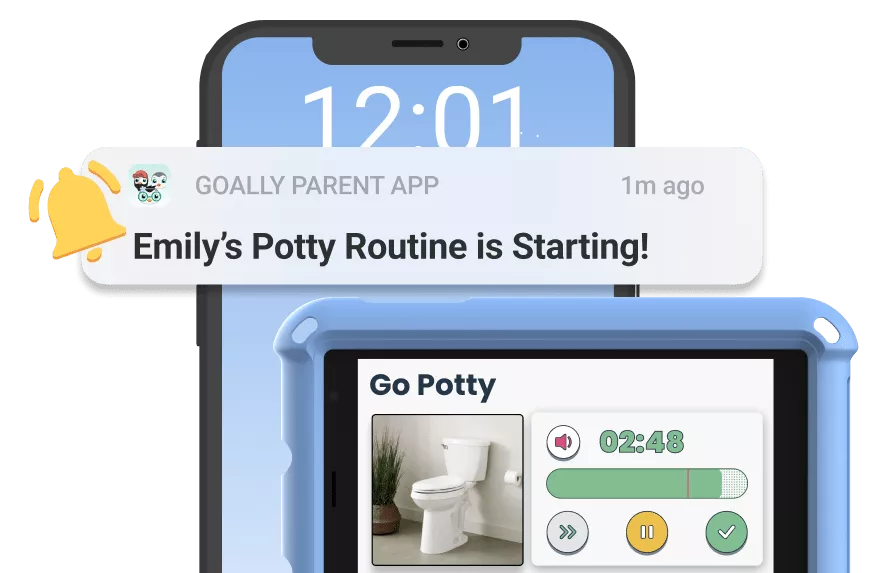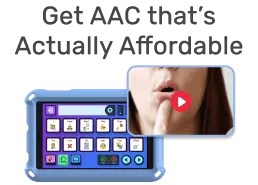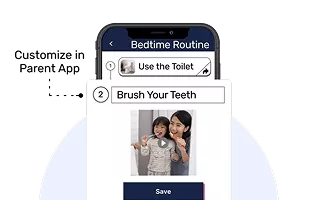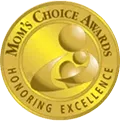Signs of ADHD in 4 year old quiz refers to the set of behaviors and symptoms parents and caregivers watch for to understand if a young child might have attention deficit hyperactivity disorder. Early recognition helps guide support and learning strategies for kids with thinking and learning differences.
Below are key signs to observe and how you can use a simple quiz approach to identify them, along with what these behaviors might mean for your child’s development and daily life.
- Understanding common early ADHD symptoms in preschool-aged kids
- Recognizing how ADHD signs can look different in each child
- Using simple observation-based questions to gauge possible concerns
- Learning what to do if you notice multiple signs of ADHD in your child
Table of Contents
What Are the Early Signs of ADHD in 4 Year Olds?
To start, it helps to know ADHD is a neurodevelopmental condition that often shows up as challenges with attention, hyperactivity, and impulsivity. In 4 year olds, these signs can sometimes blend in with normal toddler energy, but there are clues that go beyond typical behavior.
Common signs include difficulty staying focused during play or tasks, frequent fidgeting or restlessness, and acting without thinking through consequences. For example, a child might interrupt conversations often or have trouble waiting their turn. These behaviors might happen more intensely or frequently compared to other kids their age.
Why Early Detection Matters
Identifying these signs early is critical because it lets parents and caregivers provide tailored support that can improve a child’s learning and social skills. Children with learning differences often benefit from strategies that help them manage attention and behavior before starting school.
Early awareness can reduce frustration for both kids and adults by creating an environment where children feel understood and guided rather than punished. It also opens doors for professional evaluation if needed.
How to Use a Signs of ADHD in 4 Year Old Quiz
A quiz focused on the signs of ADHD in a 4 year old is usually a set of straightforward questions parents answer based on their child’s typical behaviors. These are observational rather than diagnostic and are meant to flag if further assessment could be helpful.
Questions often include asking if your child:
- Has trouble sitting still during quiet activities
- Frequently interrupts or blurts out answers
- Seems easily distracted by noises or objects
- Struggles to follow simple instructions consistently
- Displays impulsive actions like grabbing toys from others
Answering “yes” to several of these may indicate the need to explore support options. Remember, every child is unique, and context matters. For instance, a busy environment or lack of sleep can temporarily increase these behaviors.
How to Observe Your Child for the Quiz
Spend a few days watching your child in different settings: during playtime, mealtime, or storytime. Take notes on how often behaviors happen and how intense they seem. It’s helpful to ask caregivers, teachers, or babysitters for their observations as well.
This multi-angle view gives you a clearer picture and reduces bias. It also helps when you discuss concerns with a pediatrician or specialist.
Common Behaviors Often Seen in Kids with ADHD at Age 4
Besides the classic symptoms, some other patterns can stand out. Many kids with thinking and learning differences show:
- Difficulty transitioning between activities
- Problems calming down after being excited
- Emotional outbursts that seem disproportionate
- Forgetfulness about daily routines
These signs reflect challenges with executive function, which is the brain’s ability to manage tasks, emotions, and impulses. While these might seem small, they add up and impact how the child interacts with family and peers.
For example, a child might scream when asked to stop playing and come to dinner, not because they’re being deliberately difficult but because their brain struggles to regulate changes.
How to Differentiate Between Typical Toddler Behavior and ADHD Signs
It’s important to separate normal toddler energy from potential ADHD symptoms. Many 4 year olds are active and have short attention spans—that’s part of growing up. What sets ADHD signs apart is consistency and intensity.
If your child’s behavior is extreme, lasts longer than six months, and happens in multiple settings (home, daycare, playground), it may be worth deeper evaluation. For instance, if impulsive actions regularly cause safety risks, or inattentiveness affects learning and social play, those are red flags.
Consider the Frequency and Impact
Ask yourself:
- Does this behavior happen daily or only occasionally?
- Does it interfere with my child’s ability to play, learn, or make friends?
- Have caregivers or teachers noticed the same patterns?
Answering yes to most questions here suggests that using a signs of ADHD in 4 year old quiz could be a good step to gather more information.
What to Do After Taking the Signs of ADHD in 4 Year Old Quiz
If your quiz results raise concerns, the next step is to talk with your child’s pediatrician or a developmental specialist. They can guide you toward a formal assessment and help create a plan tailored to your child’s strengths and challenges.
Support strategies might include behavioral therapy, structured routines, and classroom accommodations. Even simple changes like visual schedules or frequent breaks can make a big difference for kids with learning differences.
Supporting Your Child at Home
Meanwhile, there are practical steps you can take:
- Keep consistent daily routines
- Break tasks into smaller steps
- Use positive reinforcement for focused behavior
- Provide safe spaces for physical activity
These approaches help your child build skills and reduce frustration. You might also explore parent training programs that offer tools for managing challenging behaviors.
How ADHD Signs Affect Social Skills in 4 Year Olds
ADHD behaviors can make it harder for kids to connect with peers. Impulsivity might lead to interrupting or rough play. Inattention can cause missed social cues. These challenges can sometimes result in social isolation or misunderstandings.
Helping your child develop social skills through guided playdates or social stories can support better interactions. Teaching turn-taking and recognizing emotions builds empathy and friendship skills.
Use Visual Supports
Visual aids, like charts or picture schedules, can remind kids what behavior is expected. For example, a simple card showing “Wait your turn” can be a helpful prompt during group play. These tools are especially useful for kids with thinking and learning differences.
Try Goally For Your Child With ADHD
Goally helps kids with ADHD stay focused and build skills. Unlike a Kindle or an iPad that kids get easily distracted on, Goally has no YouTube, no social media, no web browser, and especially no ads.
Goally uses game play as a points-based motivator for your kiddo with ADHD and helps them learn emotional regulation skills. It’s simple to set up and has an expert-informed design.
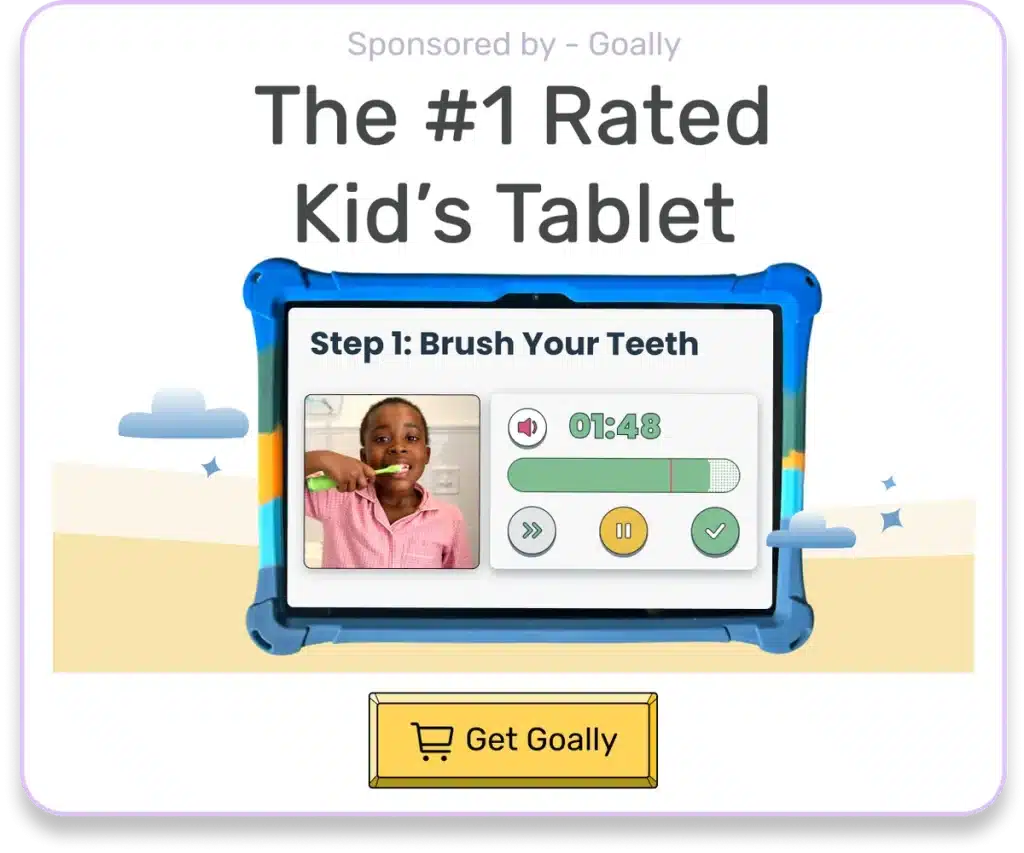
Key Statistics About ADHD in Early Childhood
According to the Centers for Disease Control and Prevention (CDC), about 6.1 million kids in the U.S. have been diagnosed with ADHD at some point, many as young as 4 or 5 years old (CDC ADHD Data).
Research shows early intervention improves outcomes. A study published by the American Academy of Pediatrics suggests that identifying and supporting kids with ADHD symptoms in preschool can lead to better behavior and academic success later on (AAP Early ADHD Intervention).
Helpful Resources:
- Centers for Disease Control and Prevention (CDC)
- CHADD (Children and Adults with Attention-Deficit/Hyperactivity Disorder)
- American Academy of Pediatrics (AAP)
FAQs About Signs of ADHD In 4 Year Old
What are the common signs of ADHD in a 4-year-old? Common signs of ADHD in a 4-year-old include difficulty paying attention, impulsivity, hyperactivity, trouble following instructions, and frequently daydreaming.
Can a 4-year-old be diagnosed with ADHD? Yes, a 4-year-old can be diagnosed with ADHD. However, diagnosing ADHD at this age can be challenging due to overlapping symptoms with normal childhood behaviors.
How is ADHD diagnosed in young children? ADHD in young children is diagnosed through a comprehensive evaluation involving a review of the child's behavior in different settings, developmental history, and input from parents, teachers, and healthcare providers.
What role does a visual schedule play in managing ADHD symptoms? A visual schedule can help a child with ADHD by providing structure and predictability, aiding in time management, and reducing anxiety linked to transitions or changes in routine.
How can rewards be used to help manage ADHD symptoms in children? Rewards can help manage ADHD symptoms by reinforcing positive behaviors, improving a child's motivation to complete tasks, and creating a structured environment conducive to learning and growth.
Emily is a seasoned blog writer for Goally, leveraging her extensive background in child psychology and special education to provide valuable insights and resources for parents. Her commitment to understanding and addressing the unique needs of these children, combined with her expertise in educational strategies, makes her a credible and empathetic voice for families.

